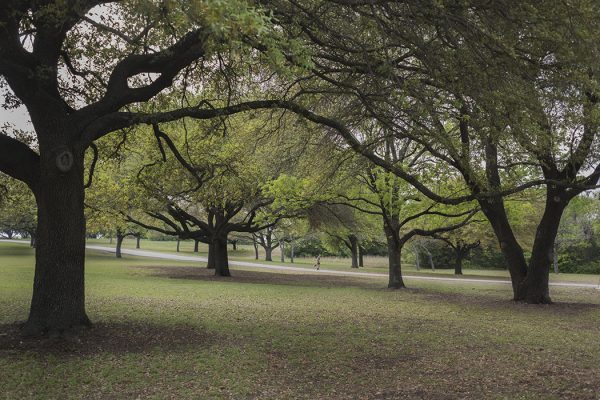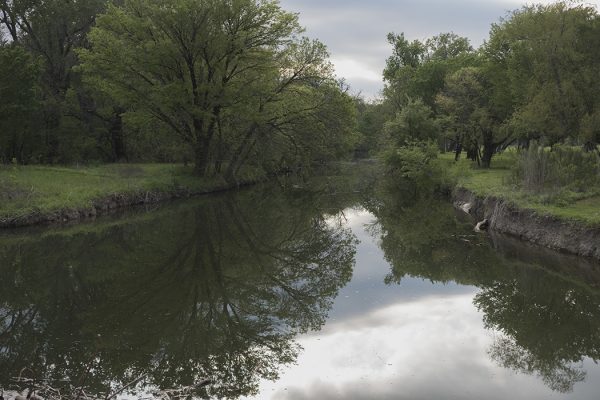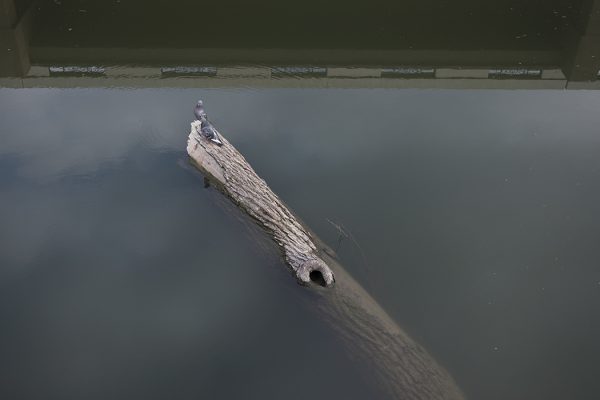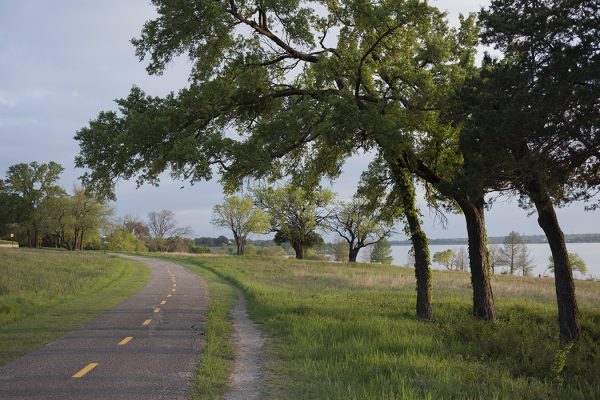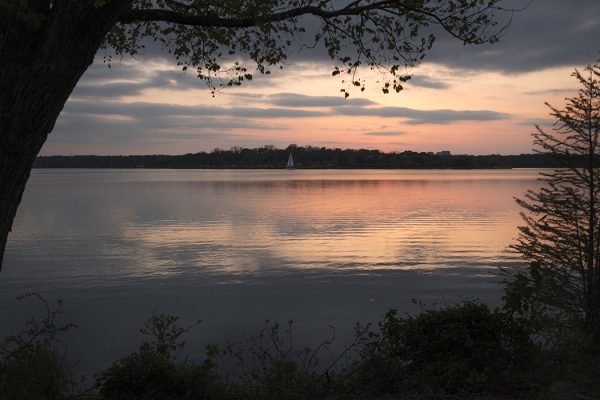Walk with a naturalist
- (Photo by Alice Nalepka.)
Nature-Deficit Disorder. It’s a thing. Though not an official medical diagnosis, the disorder is a phrase coined by nature advocate Richard Louv in his 2005 book, “Last Child in the Woods.” He and others believe our increasing time indoors can make us grumpy, anxious and inattentive. The North Texas Chapter of Texas Master Naturalists is determined to get us outside with its new — and free — discovery walks for all ages.
Texas master naturalists are trained volunteers who undergo 40 hours of field and classroom education, donate 40 hours of time annually and participate in continuing education to maintain certification. These nature lovers are on a mission to educate, serve and reach out to the community about ways to appreciate and conserve natural resources.
Jim Folger and Whitney Wolf, co-chairs of Native Prairie Walks, say the expert-led walks are scheduled at parks and prairies all over Dallas County, including many in our neighborhood: White Rock Lake, Bath House Cultural Center, Flagpole Hill and Norbuck Park. Most are about an hour long, on weekends and designed for families and individuals young and old.
One of the walks is “Ecological Wonders of Flag Pole Hill.” Naturalist Becky Rader encourages a closer look at the park’s gilgai, small pools that form in expanding clay soils and provide a micro-habitat for a diverse plant community.
On the walk, she identifies prairie grasses and wildflowers native to the area. Not only that, but she highlights signs of the tiny white-footed mice and bobcats who leave tracks and scat. Rader also points out trees where red-tailed hawks and barred owls roost.
Nearby at Bath House Cultural Center, entomologist John Watts leads a walk called “Inch High Prairie Perspective.” In a field near the center, Watts casts a net for arthropods — butterflies, beetles, hoppers, flies and spiders.
“Most people are surprised at just how many insects are right in front of them that they can’t see or don’t normally pay attention to,” Watts says. “I’ll put the specimens in a vial and pass it around as I talk about the critter.”
Another walk is “Wildflowers and Pollinators,” led by Sam Kieschnick, urban wildlife biologist at the Texas Parks and Wildlife Department. “We’ll do a leisurely, family-friendly walk around some of the pocket prairie at White Rock Lake close to the Bath House.”
He points out blooming plants, such as skullcap, greenthread and sensitive briar, which he calls an intriguing species. “This plant moves when people touch it,” Kieschnick says. “The leaves fold down.” In addition, he focuses on some of the pollinators. “The bees, beetles, wasps and butterflies visit the plants to sip on some nectar, but they also pollinate the plant.”
An evening hike “What’s Calling from the Lake?” is conducted by master naturalist Barbara Turner. Turner leads an amphibian watch at White Rock Lake’s Sunset Bay. She plays a CD of frog calls to elicit responses from area amphibians, then records the number of species that respond. She then submits the data to Texas Parks and Wildlife, which uses the information to track environmental changes.
“Frogs are the first indicators of water purity,” Turner says. “They live in it, breathe in it, lay eggs in it. Their whole life cycle is in the water.”
Amy “Moonlady” Martin and master naturalist Kristi Kerr Leonard lead another evening encounter called “Full Moon Prairie Hike.” The two hike an original blackland prairie remnant on the high slope in Norbuck Park while discussing the nature of moonlight, moon metaphors, phases and tides and how life developed on Earth because of the moon.
“We’ll take a few breaks to commune with the moon and listen for screech and barred owls,” Martin says. “You can truly listen at night and disappear into the darkness. There’s a oneness with nature that only the night can bring.”
The Texas Master Naturalists also have an event for children ages 3-7. “Where Is Peter Rabbit?” and “Where Is Franklin the Turtle?” are shorter walks at White Rock Lake led by Tiffany Lipsett, executive director of Blackland Prairie Conservatory and Atelier. Each event begins with a song, finger play, story and an animal. Then the group heads out in search of rabbits, three-toed box turtles and red-eared sliders. Registration is required.
“Families don’t need to get on a plane and travel for an adventure to see nature,” Lipsett says. “It’s right here.”
For a detailed schedule, go to www.ntmn.org.
Patti Vinson is a guest writer who has lived in East Dallas for over 15 years. She’s written for the Advocate and Real Simple magazine and has taught college writing.
SaveSave

